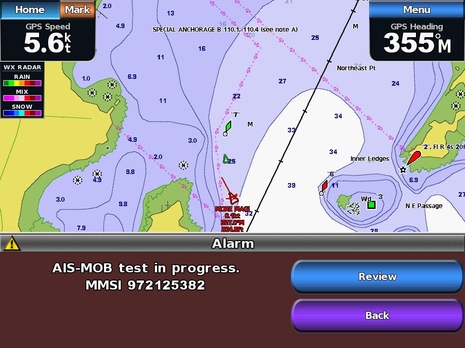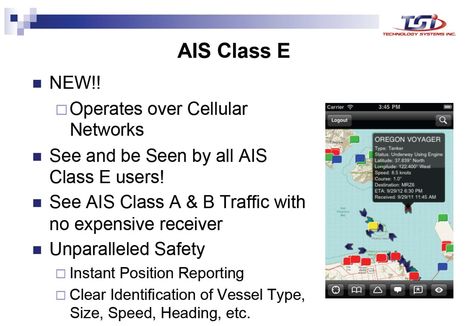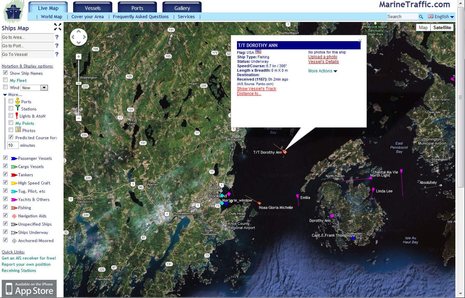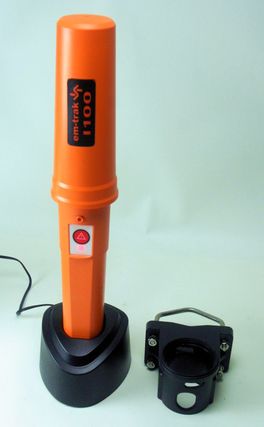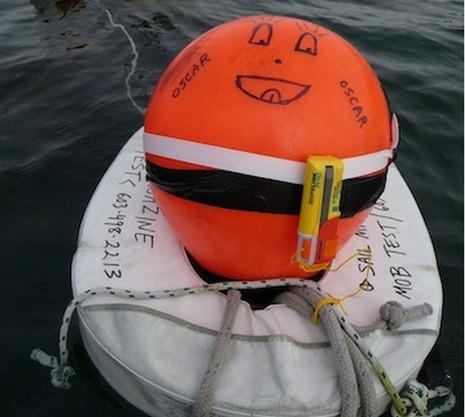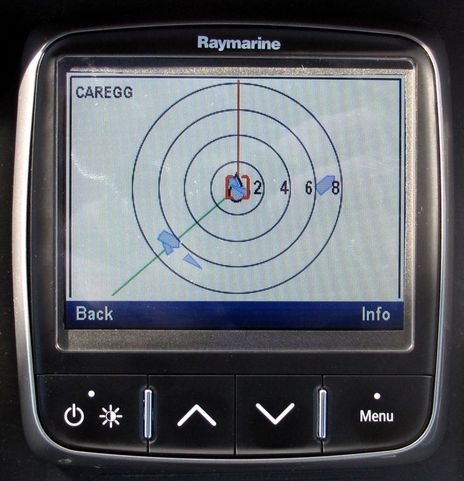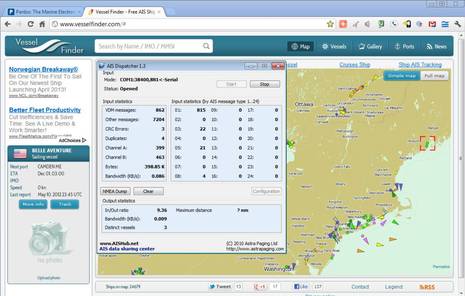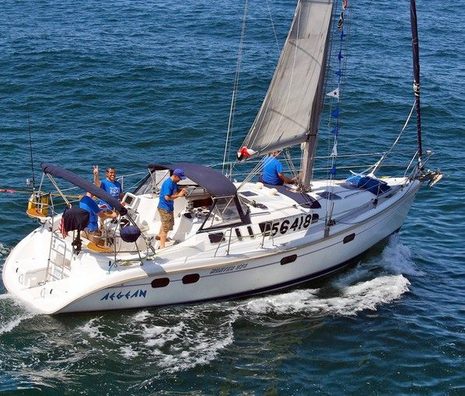AIS MoB & SART display, Garmin nails it?
I think that personal AIS beacons are a deservedly hot new safety technology but, as discussed in June, the display manufacturers are just learning how to handle them well. In fact, right around that same time I had to add bug alert comments to an earlier Kannad R10 AIS MoB beacon entry about how a certain Garmin software update could cause its MFDs to shut down after receiving the beacon’s test signal! It was an embarrassing moment in product improvement, as documented in these email warnings to the Newport-Bermuda race fleet, but Garmin eventually solved the issue and may indeed have set a new bar for the proper integration of AIS beacons. The screen above, for instance, shows how very clearly the Garmin 7212 on Gizmo alarms shortly after I activated the test mode on a Kannad R10…



